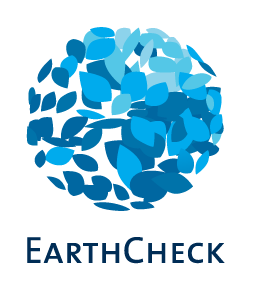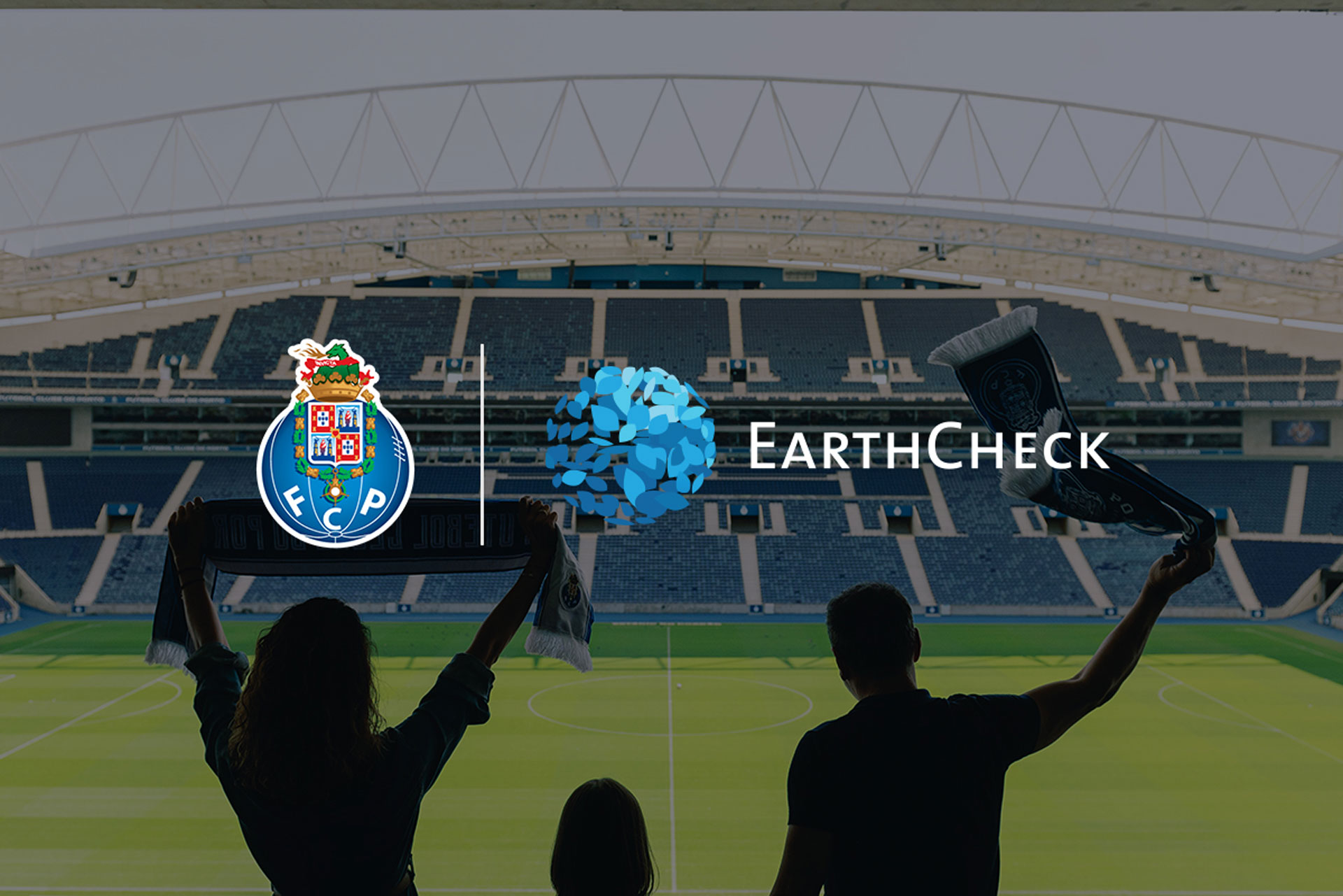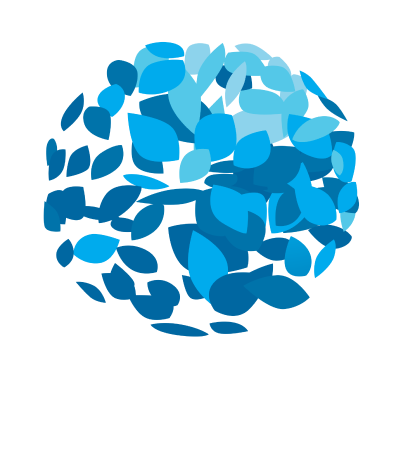Managed by EarthCheck, the world’s leading scientific benchmarking, certification and advisory group for sustainable travel and tourism, the Building Planning and Design Standard (BPDS) helps to integrate sustainability into every stage of a building’s development, from planning and design to construction.
Since 2011, the BPDS has facilitated environmentally, socially, and economically sustainable building development for a wide range of projects, including tourism, commercial, retail, residential and small mixed-use developments.
Andy Vo, Program Manager of EarthCheck Design, says adhering to the BPDS framework enables architects and developers to predict the potential impacts of their project; identify opportunities for improved sustainability performance and design; and protect and enhance natural and heritage assets.
“The BPDS provides a globally applicable framework for assessment and verification, ensuring that certified projects meet and exceed industry expectations and best practice performance benchmarks,” he says.
“But it’s important that the Standard evolves with the latest advances in the market – which is why we’re launching Version 5, our most robust framework yet for measuring the sustainability embedded in building developments.”
What’s new in Version 5?
Under the EarthCheck BPDS Assessment Framework, projects are assessed across 10 Key Performance Areas (KPAs). These KPAs, chosen to align with the United Nations Sustainable Development Goals and the 2030 Agenda for Sustainable Development, are designed to encapsulate every aspect of sustainability. They include:
- Sustainability Planning Approach
- Energy Management
- Water Conservation
- Solid Waste Management
- Land Use Planning and Biodiversity
- Sustainable Materials and Resource Conservation
- Indoor Environmental Health and Pollution Control
- Sustainable Transport Solutions
- Social, Cultural, and Economic Wellbeing
- Innovative Practices in Sustainability
Each KPA comes with its own set of criteria, measured through both qualitative and quantitative indicators. Some of these criteria are mandatory – for instance, every accredited project must have a Sustainability Policy – but others are optional.
For example, project teams are not required to demonstrate that they’ve implemented passive design strategies – the purposeful use of building orientation and layout, natural ventilation, shadings and overhangs, high performance facades, thermal mass and insulation to optimise natural resources. But if they can evidence this, then they’re awarded with additional credits.
To achieve certification, a project has to fulfill all the mandatory criteria and earn enough credits to attain a Silver, Gold or Platinum rating.
Version 5 maintains the same 10 KPAs as previous versions of the Standard, but greatly increases the number of credits that are available under each of them.
“This change supports project teams to approach, adapt and adopt a wider range of contemporary trends, technologies and methodologies,” Andy says.
In Version 4, there were a total of 130 credits available across the 10 KPAs. In Version 5, that number has more than doubled. There are now 281 credits available, with a particular focus on areas such as:
- Occupant health and well-being
- Transport (including use of e-vehicles)
- Biodiversity, biomass and biosecurity
- Supply chain security
- Health and hygiene response
- Carbon sequestering programs
- Economic development (including green finance)
- Water recycling
- Employment and engagement (including training)
“The new credits have been chosen to recognise megatrends and innovative technologies, and to ensure the BPDS aligns with what’s actually happening in the market,” Andy says.
“That means that, as well as aligning with the UN’s Sustainable Development Goals and the 2030 Agenda for Sustainable Development, Version 5 aligns with prerequisites for green bonds and sustainability-linked loans, and ensures project teams are rewarded with credits for pushing sustainability forward.
“For instance, Version 5 awards credits for implementing a digital twin, which is a virtual model that accurately reflects a physical object. Developing a digital twin gives project teams the ability to simulate different scenarios and conditions, and collect data that gives them insights into the performance, behaviour and potential issues of the physical object or system without affecting the real-world environment.
“This enables them to predict when maintenance is needed, reducing downtime and improving operational efficiency. And by experimenting with different configurations and parameters in the virtual environment, stakeholders can identify opportunities for improvement and innovation before implementing changes in the physical world.
“Essentially, digital twinning helps to optimise processes, improve product design, and innovate more effectively – which is exactly what we want to recognise with Version 5 of the BPDS.”
Version 5 also increases the number of mandatory credits from 32 to 45. These mandatory credits are now distributed across 8 KPAs, up from the previous 6, ensuring a broader and more integrated approach to sustainability.
“Spreading the mandatory criteria across a wider range of KPAs, and awarding more credits for a wider range of improvements and initiatives, is the most effective way for us to utilise the BPDS to deliver improved environmental, economic and social outcomes,” Andy says.
A Technical Expert Group was assembled to help develop and review Version 5, and ensure it would encourage project teams to take a proactive and innovative approach to tackling climate change, while driving improvements across the triple bottom line of environment, economy and society.
The international panel of experts included:
- Mark Thomson (Eco Effective Solutions, Australia)
- Jacques Vever (Trinity Compliance, Australia)
- Jose Maria Galicia (Bionconstrucción y Energia Alternativa, Mexico)
- Francis Racioppi (Borgo Placemaking, USA)
- Tan Phay Ping (Building Systems & Diagnostics, Singapore)
- Siow CY (Building Systems & Diagnostics, China)
- Richard Morris (Lincoln University, New Zealand)
- Sunil Kanal (Magenta, UAE)
- Grant Axman-Friend (Core Project Advisory, Australia)
- Piet Van Zyl (Positive Impact Forever, Indonesia)
Built to last
Ultimately, the latest version of the Standard is intended to ensure that EarthCheck continues to offer the most thorough and robust framework for guiding and assessing sustainability in the built environment – now, and into the future.
“Version 4 of the BPDS continues to carry a lot of weight in the industry, but we thought now was the time to implement a new, forward-looking framework that recognises the advancements in science and technology that are coming as the momentum around sustainability builds,” Andy says.
The pricing of Version 5 has also been aligned with industry standards, using a tiered approach to the Estimated Contract Value (ECV) of each project, reflecting its anticipated financial value.
The EarthCheck Building Planning and Design Standard Version 5 is available now. To assist our members, each project registered under Version 5 of the Standard will receive up to 80 hours of dedicated support.
Until 28 February 2025, all projects registered under the previous version of the Standard will have the option to switch to Version 5 at no additional cost. After 28 February 2025, all new projects will register under Version 5.
For more information, enquire with the EarthCheck Design team today.







